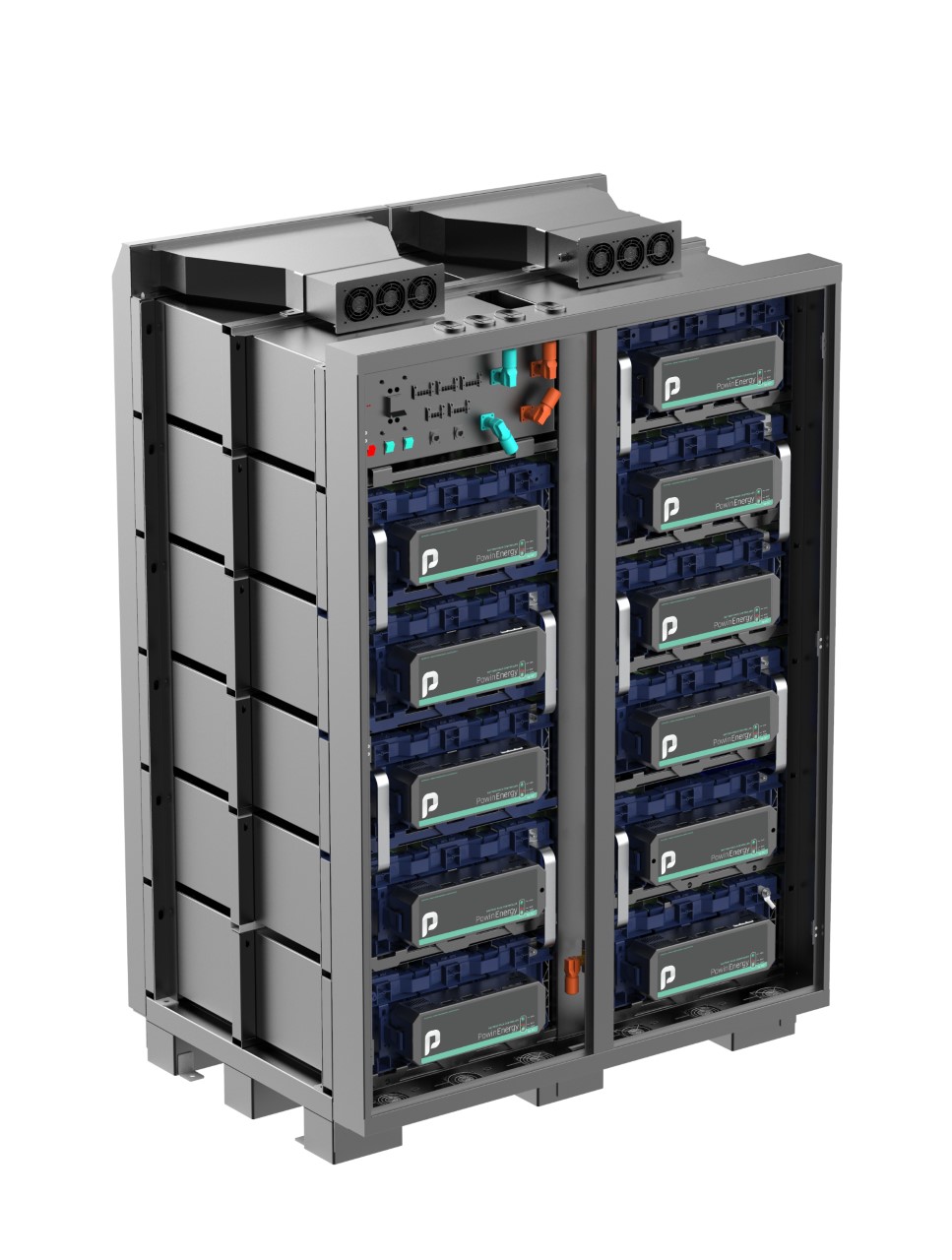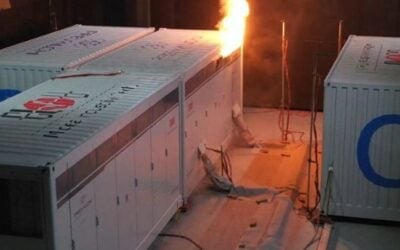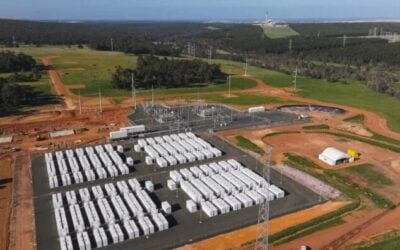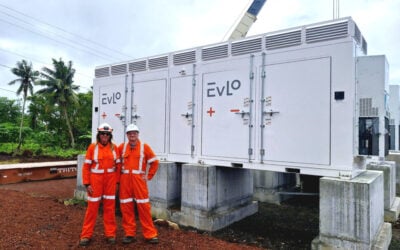
Powin Energy VP Danny Lu has said that attaining what is considered the highest standard in safety means that projects using the company’s Stack 225 battery storage system products can be executed faster and pack more capacity onto a single site.
UL 9540A testing evaluates the safety of battery energy storage systems in the event of thermal runaway causing failure at the cell level and relates to the risk of batteries causing fires. Powin’s new Stack 225 battery storage system products, launched in April, passed tests to get UL9540A certification in June from a Nationally Recognised Testing Laboratory (NRTL).
Enjoy 12 months of exclusive analysis
- Regular insight and analysis of the industry’s biggest developments
- In-depth interviews with the industry’s leading figures
- Annual digital subscription to the PV Tech Power journal
- Discounts on Solar Media’s portfolio of events, in-person and virtual
Or continue reading this article for free
“Powin performed cell thermal runaway fire propagation tests on the module and stack level in sequence. The UL9540A standard calls for a heating pad to be placed on a single cell within the module/stack in environmentally controlled lab conditions,” Danny Lu told Energy-Storage.news.
The pad heats up enough to start causing the thermal runaway process, at which point the lab then measures various metrics including gas composition, temperature, current and voltage, and most importantly how the cell reacted to the event. The NRTL will asses whether the cell burst into flames, whether flames then propagated, causing other cells to reach thermal runaway.
“Having a positive outcome means that our stacks are able to prevent the cascading effect to cause one cell's failure to destroy the whole project site and cause harm to first responders.”
Testing standard ‘likely to inform international regulations on safety’
Powin’s Stack 225 – one of a range of three battery storage ‘Stack’-branded products the company brought to market this year using large format lithium iron phosphate (LFP) cells from major Chinese cell supplier CATL – passed the test without causing flames or propagation from one cell to another or one module to another. This means the batteries do not require additional fire-proofing barriers and fire retardant materials to be added to the module design to be considered safe for installation and utilisation.
Stack 225 is primarily aimed at doing two-hour duration storage applications and comes with a 10-year, one full cycle per day warranty, while the other products in the range, Stack 230 and Stack 230P are suitable for longer and shorter duration usage respectively.
From the downstream industry perspective, having UL9540A in the US means that National Fire Protection Association (NFPA) regulation 855: that battery racks need to be spaced three feet apart (92cm) in order to reduce risk of fire propagation, can be waived.
“Having a UL9540A report with a positive outcome means that Powin products will be able to expedite local permitting processes, increase our site densities and allow local fire authorities to feel comfortable with the reaction of our battery system to a single cell failure that results in thermal runaway,” Danny Lu said, adding that the company’s choice of Tier 1 LFP cells and “safety-first hardware design philosophy” contributed to Stack 225 passing the test.
Lu said that Powin believes the US NFPA 855 is likely to quickly become an internationally recognised benchmark for fire safety. He said the company will use the UL9540A detailed report which it received as well as other training resources to “educate local permitting, fire authorities and first responders about the best practices and process to safely tackle emergency scenarios,” particularly in markets outside the US.
In November 2019, battery provider Samsung SDI became the first energy storage system industry participant to earn the UL9540A test certification for safe installation of energy storage systems, while its system integrator partner Sungrow got the certification for its commercial and industrial (C&I) battery storage systems earlier this year. Other major energy storage system manufacturers and integrators are thought to be in the process of obtaining the standards.
Powin Energy's Danny Lu and Sungrow head of energy storage R&D Dr Zhuang Cai were interviewed for “Building battery storage systems to meet changing market requirements” – a feature article in Volume 23 of the quarterly journal PV Tech Power, which was published in June by our publisher Solar Media and is available to download free of charge from the PV Tech Store.
The headline of this story has been amended to reflect that while UL 9540A involves rigorous safety testing, UL does not issue certifications as a result of tests.






